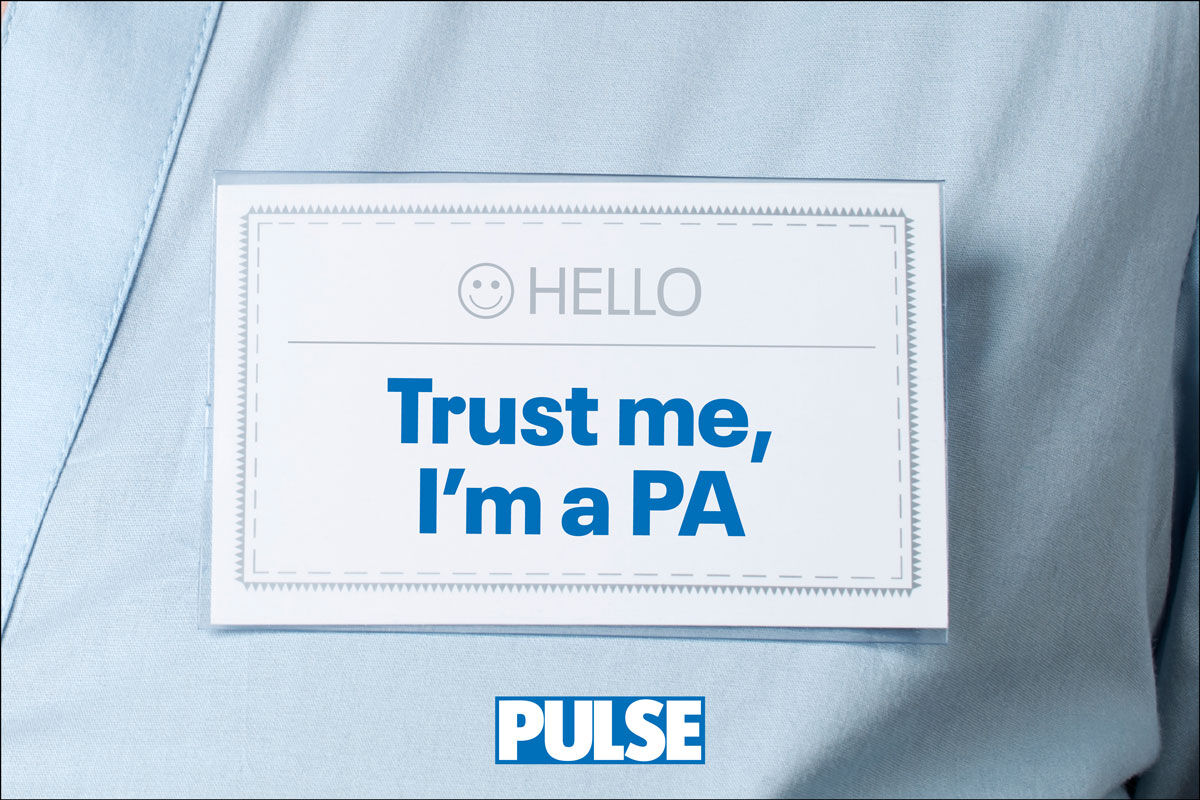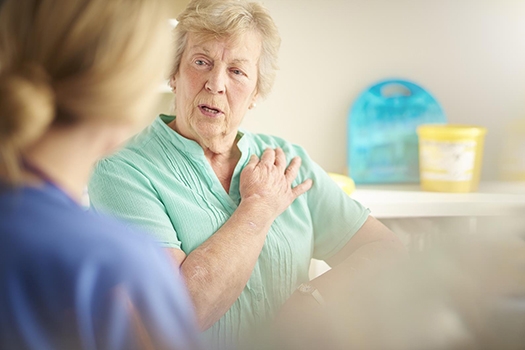In the latest in our Pulse Live series, where experts summarise their presentations from Pulse Live events, Dr Alan Fayaz, consultant in anaesthesia and pain medicine at University College London Hospital NHS Foundation Trust, dispenses his top tips on managing chronic pain
Chronic pain (pain in any part of the body persisting beyond twelve weeks) is extremely common, effecting between 30% and 50% of the adult population of the UK. It negatively impacts mental health, sleep, physical function, employment, quality of life and even life expectancy. Chronic pain conditions account for 4 of the 10 most disabling conditions worldwide, and in the United States costs attributable to chronic pain outstrip those of diabetes, cancer and cardiovascular disease combined. So what do we do?
Tip 1: Set realistic expectations
It is important to set realistic expectations for patients living with chronic health conditions. Healthcare professional are rarely able to ‘fix’ people or their pain. This applies as much to chronic pain as it does to heart disease, diabetes, chronic obstructive airway disease and most chronic conditions.
We can offer medications or surgery – with varying degrees of success – but the reality is that most chronic conditions will continue to impose restrictions on day-to-day life, wellbeing, and longevity. Medications have side effects, and patients will still need to make dietary, physical and social adjustments.
In chronic pain, evidence suggests medication are generally of limited value. Opioids are no longer recommended for treatment of chronic non cancer pain; over 50% of people with neuropathic pain do not respond to first line treatments (see below); and tolerance to pharmaceuticals is common across the board. This isn’t to say patients are destined to suffer for the rest of their lives, just that the emphasis needs to be focussed on living well with symptoms as well as reducing symptom intensity.
Tip 2: Pain is real but it is also in our mind
Even acute pain is a complex psychosocial process. The intensity of what we feel doesn’t purely depend on the intensity of the stimulus. This is why injured athletes can continue to run on broken feet, and why anxiety and fear can sometimes magnify pain sensations. For this reason, pain services often adopt a multidisciplinary approach to managing symptoms, and treatments will include a range of non-pharmacological approached including:
- Pain management physiotherapy
- Education and Challenging beliefs
- Goal setting and pacing
- Pain management psychology
- CBT/Mindfulness/ACT
- Peer support
- Distraction/Meditation
- Nursing interventions
- TENS/Acupuncture
- Medical interventions
This is not to say that patients are able to easily think pain away, but that we must harness the brains ability to positively (and negatively) impact pain, and use this to help people manage their symptoms longer term.
Tip 3. The mechanism of chronic pain is as important as the cause
Pain is a vital sensory and emotional phenomenon that allows living beings to recognise tissue injury and respond accordingly. The response under most circumstances would be to focus attention on the injured part, distract from other activities, rest, and allow time for healing. This cycle is essential to survival.
Chronic pain, defined in temporal terms, is inherently dysfunctional. Under most circumstances one would expect all healing to have occurred within 12 weeks. The mechanisms of chronic pain are complicated and involved changes in neuronal and immune function along the nervous system, anywhere from the periphery to the brain, but for practical purposes we recommend establishing whether pain is acute or chronic, cancer or non-cancer and finally whether it is predominantly neuropathic or nociceptive.
The divisions have implications on management. For example chronic pain is unlikely to be managed successfully without addressing the social or psychological needs of the patients. Opioids are effective in managing symptoms in moderate to severe acute nociceptive pain, and cancer pain but are not routinely indicated in chronic non-cancer or neuropathic pain.
Spending some time establishing or affirming the mechanism of the pain will ensure patients are offered the most appropriate treatments for their symptoms. In a recent study, investigators found that fewer than 6% of patients with persistent (probable) neuropathic pain following lower limb surgery were treated with anti-neuropathic treatments vs 20% treated with opioids. Screening tools such as the DN4 scale (attach scale) can help quantify the degree to which pain is likely to be neuropathic and are a simple and accessible way of assessing the mechanism of patients’ pain symptoms.
Tip 4: Choose one of four antineuropathics
I am often asked for advice on the choice of treatment. NICE guidance CG 173 states that primary care teams may use any of four first line treatments to manage pain with neuropathic mechanisms. Some tips for prescribing
- Set expectations. Even in definitive neuropathic pain, these treatments are not effective for everyone (you need to treat around 8 patients with pregablin, for 1 to report 50% improvement in pain)
- Side effects are common and weight gain is ubiquitous with all (although least of all with duloxetine which would be my treatment of choice in diabetic or overweight patients). The Faculty of Pain Medicine has useful information leaflets for the more conventionally used medications (see https://www.fpm.ac.uk/patients/patient-info)
- There is no robust evidence for combination treatments, although combining classes of drugs (anti-epileptics with anti-depressants) may be helpful in a minority of patients. I would not co-prescribe drugs within categories.
- Tolerance is very common. If a treatment is of uncertain benefit, reduction in dose and cessation if treatment is appropriate. Setting parameters for continuation of treatment, at the beginning, and regular evaluation of benefit helps to prevent over-medicalisation.
- You can refer to secondary care services if pain is severe, impacting life significantly or deteriorating rapidly. There are some specialist treatments that can help with some types of neuropathic pain, but the emphasis will always be on a biopsychosocial model.
Top tip 5: Evidence is not strong enough for routine use of medical cannabis
I am asked about the use of cannabis for pain regularly. The industry has grown enormously since legislative changes in 2018. There are a lot of physiological arguments for expecting cannabis to be an analgesic; the receptors are closely aligned to pain pathways; the side effect profile is inherently safer than opioids; and there is an abundance of evidence from animal studies that cannabis, in many guises, results in analgesia.
Medical cannabis has mostly focused on two cannabinoids: CBD and THC (the bit that creates a ‘high’). Treatments varies not just in preparation and formulation (oral, SL, vapour), but also in ratios of THC and CBD, as well as the ratio of a variety of other, potentially therapeutic, components that exist in the plant (terpenes and flavonoids). Perhaps for this reason, evidence for use of these treatments in humans has been poor. Numbers needed to treat for a 30% reduction in pain are 12-24. Consequently pain services are not able to offer medical cannabis to patients on the NHS. This is what I tell patients:
- Lots of reasons to expect it to work
- In practice/research it doesn’t seem to help everyone
- The evidence isn’t strong enough to offer the treatment routinely (NNT 1:24 CNCP; 1:20 NeP)
- Although it may work very well for some people, there is no access on the NHS for the moment (NICE CG144)
For patients who wish to find out more, you can redirect them to services such as Drug Science, and project Twenty21.
Dr Alan Fayaz is a consultant in anaesthesia and pain medicine at University College London Hospital NHS Foundation Trust. He gave this presentation at Pulse Live London earlier this year. If you want to see what is upcoming at Pulse Live, see our events hub here

Pulse 365 LIVE Events cover a broad array of topics pertinent to you, your patients, and your practice. You will gain free CPD and be able to take part in live Q&As. Specifically created for all practising, GMC-registered GPs and trainees, you will hear from experts across primary and secondary care, and network with like-minded GPs. Sign up for your nearest event today.


















Consistently unimpressed by expert opinions in chronic pain.